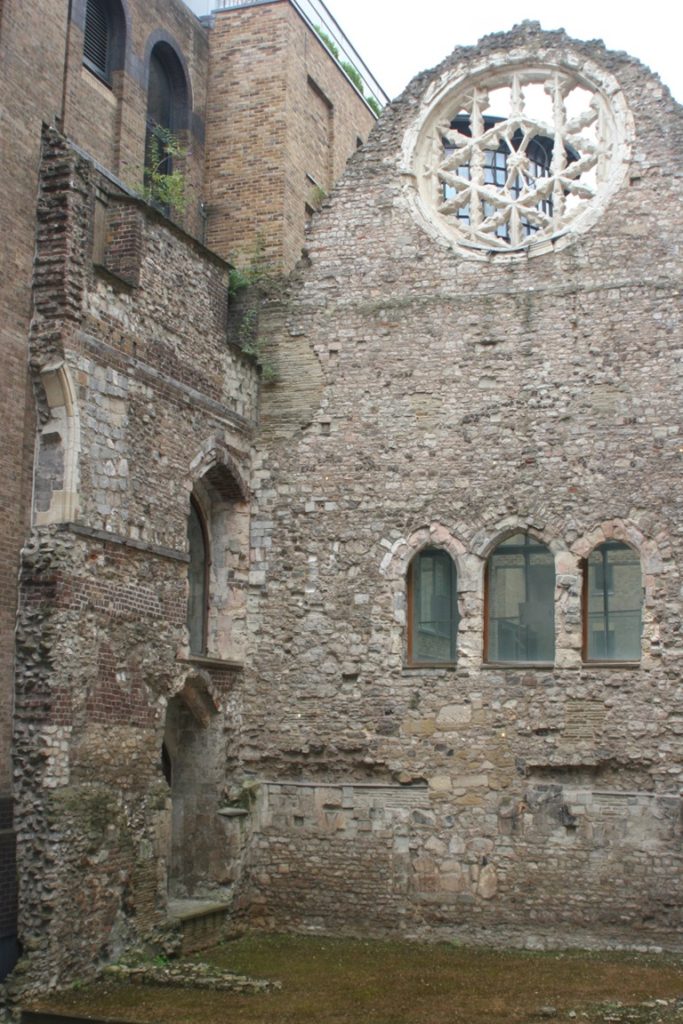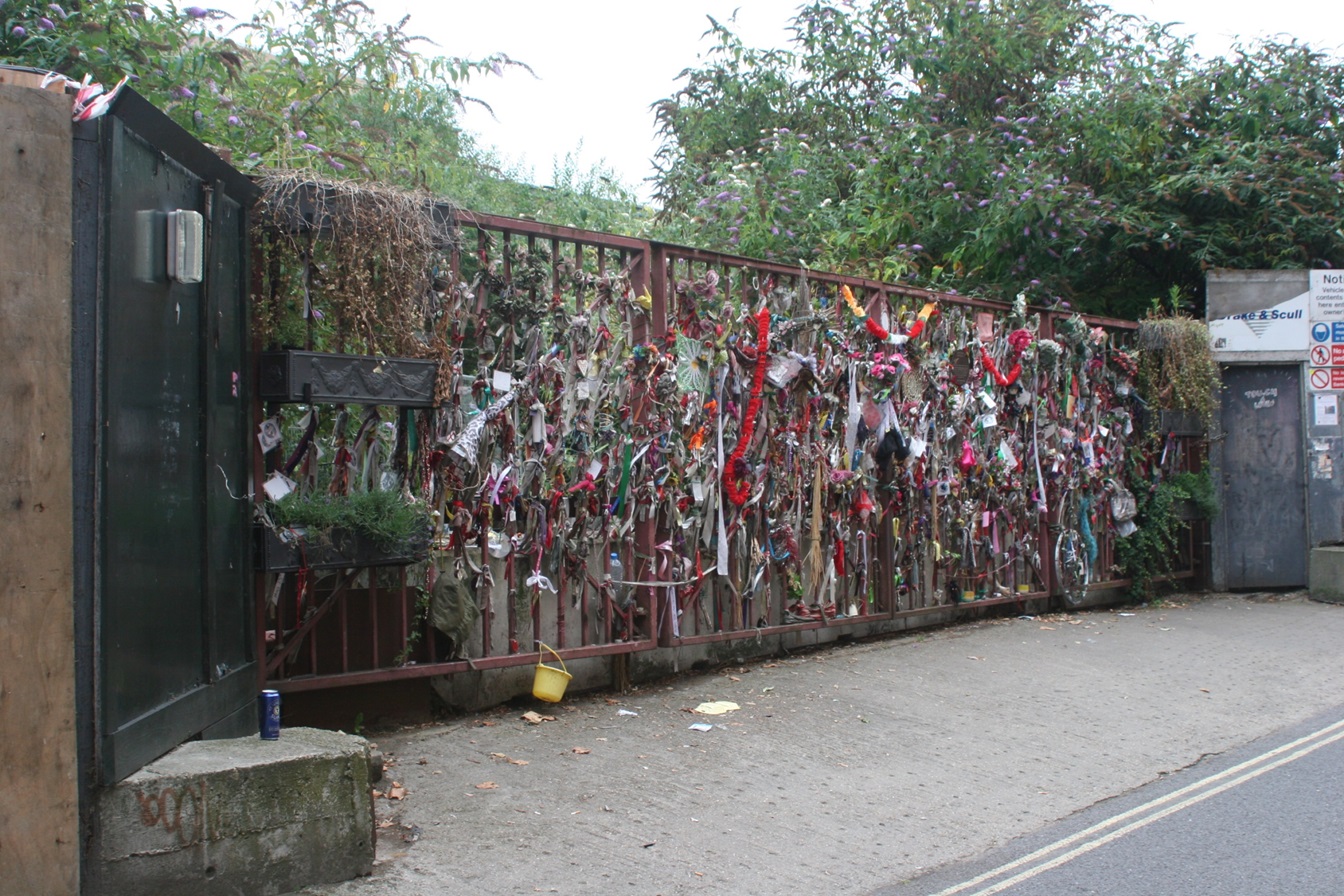Southwark; The lawless quarter
Southwark is conveniently placed south of the River Thames, and In the 1500s the only connection The City of London had to areas south of the Thames, was London Bridge. This served an important purpose, as visitors to The City coming from the south, would pass through Southwark, to cross London Bridge. Southwark did not fall under the jurisdiction of The City of London, the Lord Mayor had given all the power to the Bishops of Winchester. The Bishops allowed activities such as prostitution, therefore visitors might have stayed, and enjoyed a night in one of the numerous brothels of Southwark.
The first brothel, known as a ‘stew’ at the time, was founded in Bankside (a small area within Southwark) in the 12th century. Over time, the number of stews rose to 18, but in 1505
Henry VII closed down the stews due to an outbreak of syphilis, although that hardly stopped the existence of the brothels, they all reopened within a year. His son Henry VIII tried to outlaw the brothels permanently, but after his death, in 1547, the stews reopened and were thriving once again.
Shakespeare built his Globe Theatre in 1599, a part of the rise in the market for plays and theatres in Southwark. Along with another theatre The Rose, these playhouses were open to every member of the public, so they were hotspots for prostitutes looking for clients.
Cross Bones Graveyard located not far from Borough Market, was a burial site for the prostitutes. An excavation of the site in the 1990s revealed that there are 148 unidentified bodies laid to rest there. The graveyard was used from 1800 to 1853 and was closed due to the lack of available space to bury more bodies. It is possible to visit Cross Bones on weekdays, from 12-3 PM.
Prostitution was not the only activity that was legalised in Southwark exclusively. Another form of entertainment was bear and boar fighting. No wonder the travellers to The City spent their nights in Southwark.
Fortunately, a number of laws have passed since the late 19th century, to reduce the number of prostitutes on the streets.
Southwark has changed since those days, Bankside in particular is much more affluent, holding many offices for the city workers of today, whose jobs are very different to their predecessors.


